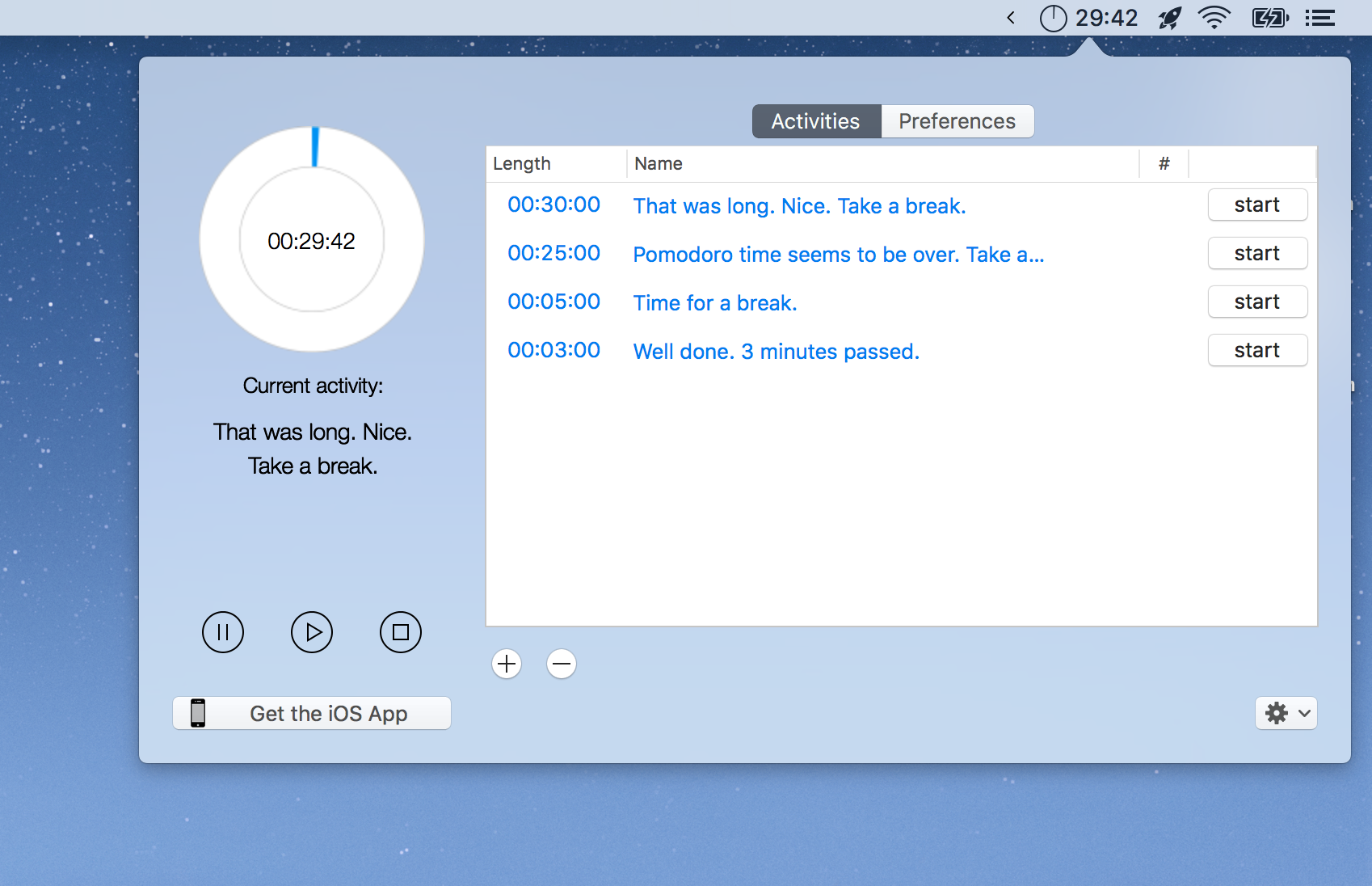
#Active timer software#
Exchanging test suites between software simulation and hardware testing then becomes very painful, if not impossible. When these events are ordered in an ill-advised way, the resulting schedules most often turn out to be incompatible.

The passive clock edge denoted as ↓ (mandatory but of subordinate significance). The active clock edge symbolically denoted as ↑, and, The recording of a stimulus/response pair for further use denoted as □ (for storage), The acquisition and evaluation of the response denoted as ⏉ (for Test), The application of a new stimulus denoted as Δ (for Application), These key events are the same for both simulation and test, namely: 48Ĭonsider a synchronous digital design 22 and note that a few events repeat in every clock cycle. RAMs thus impose a comparatively slow clock that encompasses many gate delays per computation period whereas registers are compatible with much higher clock frequencies. Thirdly, address decoding, precharging, the driving of long word and bit lines, and other internal suboperations inflate the access times of both SRAMs and DRAMs. Paged memories obviously affect architecture design. Latency then depends on whether a memory location shares the row address with the one accessed before, in which case the two are said to sit on the same page, or not. Secondly, commodity DRAMs have their row and column addresses multiplexed over the same pins to cut down package size and board-level wiring. Latency may have a serious impact on architecture design and certainly affects HDL coding. Latency is even longer for memories that operate in a pipelined manner internally. This is also the behavior of a register bank.Īs opposed to this, we have a latency of one if the data word does not appear before an active clock edge has been applied. In a read operation, we speak of latency zero if the content of a memory location becomes available at the RAM's data output in the very clock cycle during which its address has been applied to the RAM's address port.

Firstly, some RAMs have latency while others do not. RAM-type memories further differ from registers in terms of latency, paging, and timing. In Top-Down Digital VLSI Design, 2015 3.5.5 Latency and timing


 0 kommentar(er)
0 kommentar(er)
